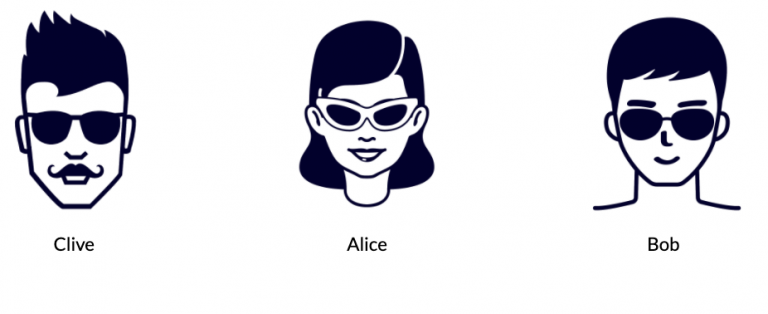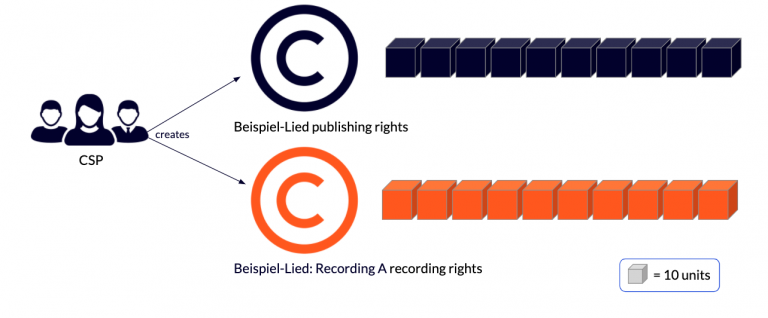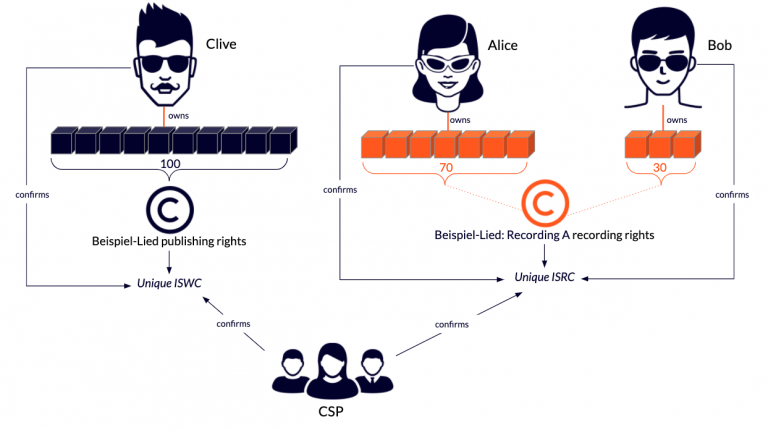On August 10th, the Artist Rights Alliance (ARA) published a letter to Amazon founder and CEO Jeff Bezos pressuring him to ensure that Amazon-owned Twitch will fairly compensate artists whose music is being streamed by the platform’s users.
The ARA’s challenge is just the latest example in the ongoing battle the music industry faces when it comes to navigating music ownerships, rights, and royalties in a post-Napster world.
The fragmented nature of the music industry and its extremely complex, extensive supply chains often result in time-consuming administrative processes, numerous intermediaries, and high operational costs.
This complicated setup unfairly burdens the artists (songwriters, composers, singers, musicians), who can wait six months or more to get paid, have to navigate complicated licensing across multiple channels, and are subject to lost income due to incomplete or inaccurate gathering of song metadata.
One potential solution for fair compensation? Blockchain and other distributed ledger technologies. Blockchain-based solutions continue to pop up across the music industry, all with the aim to bring transparency to the way music is produced, managed, bought, sold, and listened to.
At iov42, we are primarily interested in how ownership of intellectual property—such as the lyrics to a song—can be modelled in a trusted, secure, and immutable way that eliminates unnecessary intermediaries, streamlines supply chains, and opens up the door for a new era of fair digital value transfer. So what would an iov42-based solution for music rights look like?
First, let’s identify what specific elements of music right ownership need to be trusted as true:
Second, let’s outline the stakeholders:
All stakeholders are represented as identities within an integrated, blockchain-based ecosystem.
Third, let’s establish the independent variables:
Each instance of both variables are represented as assets within the integrated, blockchain-based ecosystem.
To get an idea of what an iov42-based solution for music rights looks like, we will follow the simplified journey of a fictitious song. The first phase of this journey—registering a song on the iov42 platform— is the subject of this post. The second phase, which is actually tracking the plays of songs registered on the iov42 platform, will be covered in the next post, Blockchain Solutions for the Music Industry Part 2.
Phase 1: Registering song “Beispiel-Lied” by Alice featuring Bob.
Like many songs that hit the airwaves, Beispiel-Lied is the result of collaboration between several creatives. Clive composed and wrote the lyrics for Beispiel-Lied, while songstress Alice recorded the song with the up-and-coming Bob.

→ Clive owns 100% of Beispiel-Lied’s publishing rights
→ Alice owns 70% of the recording rights of her and Bob’s recording of Beispiel-Lied
→ Bob owns 30% of the recording rights
It’s important here to note the distinction between publishing rights and recording rights. In our example, Clive wrote and composed an original piece of work, Beispiel-Lied. This original song is identified with a unique International Standard Musical Work Code (ISWC)
When Alice and Bob recorded their version of Clive’s song—let’s call it Beispiel-Lied: Recording A—they created a unique recording of Beispiel-Lied. They own the rights for Recording A only. Recording A is identified with a unique International Standard Recording Code (ISRC).
Ultimately, this means that Clive, as sole owner of the song’s publishing rights, could authorize other artists to record (and thus own) their own versions of Beispiel-Lied (i.e. Recordings B, C, and so on, each with their own ISRC). Of course, Clive would continue to collect publisher royalties for each recording.
Modelling the copyright splits on the iov42 platform
Both the publishing rights and recording rights can be thought of as a quantitative asset type with a set quantity of 100 (representing 100% of the rights). These two quantitative asset types are created by the appropriate collection service provider (CSP).

To portray and preserve the unique nature of each asset type, all relevant copyright holders must confirm the unique identifiers of each asset type, which in this case would include the ISWC for Clive’s song and the ISRC for Alice and Bob’s recording. These unique identifiers must also be confirmed by the CSP.

Because each percentage of copyright ownership is represented as a single instance of a quantitative asset type, Alice, for example, can easily transfer ownership of any portion of her rights to a different party without disturbing Bob’s rights.
With the song’s publishing and recording rights registered with the CSP, we can begin tracking when, where, and how often Beispiel-Lied is played.
Stay tuned for our next post, where we will not only discuss Phase 2 of Beispiel-Lied’s journey, but we will also explain what unique features iov42 can bring to the growing world of blockchain solutions for the music industry.
By submitting your email you consent to receive iov42 newsletters by email. You can unsubscribe at any time. For further information, please see our Terms and Conditions and Privacy Policy
